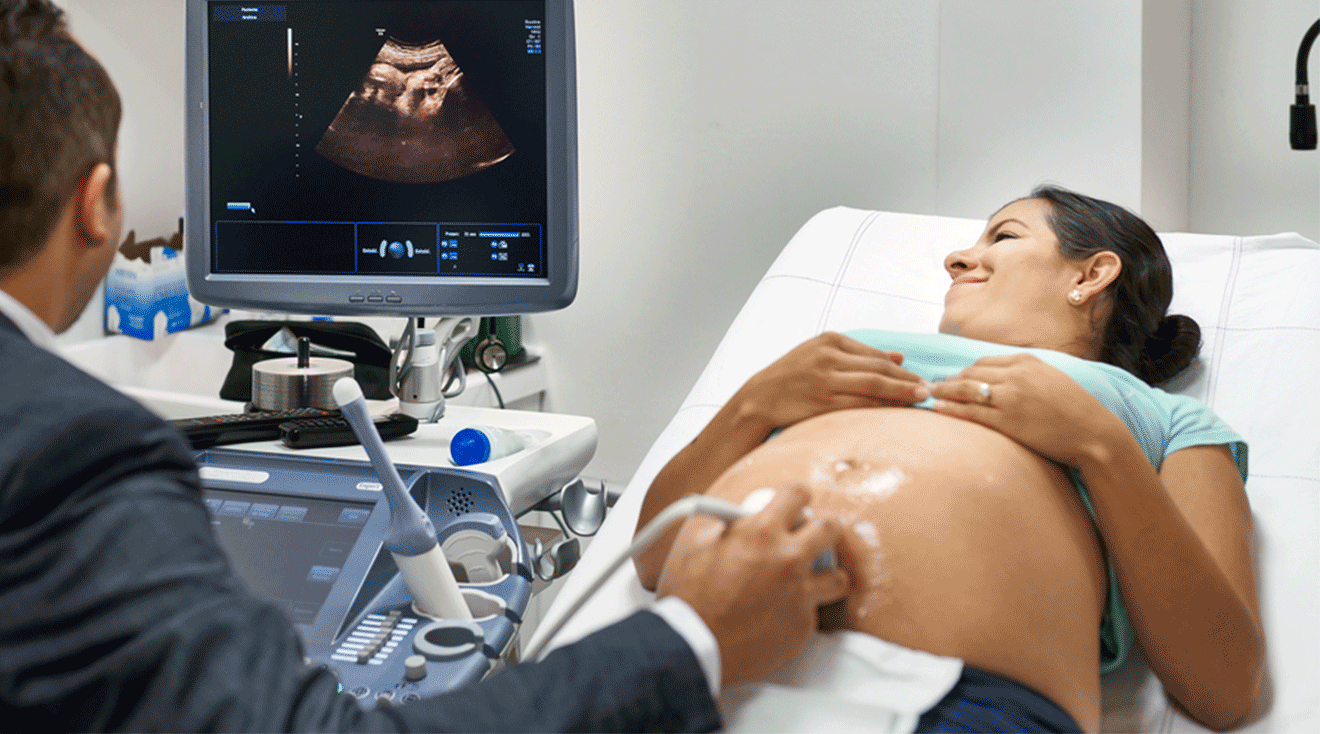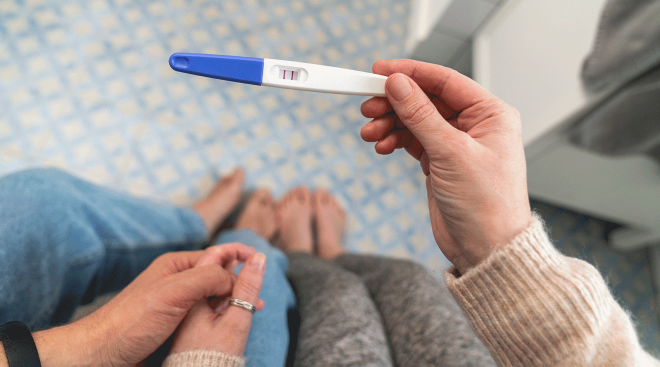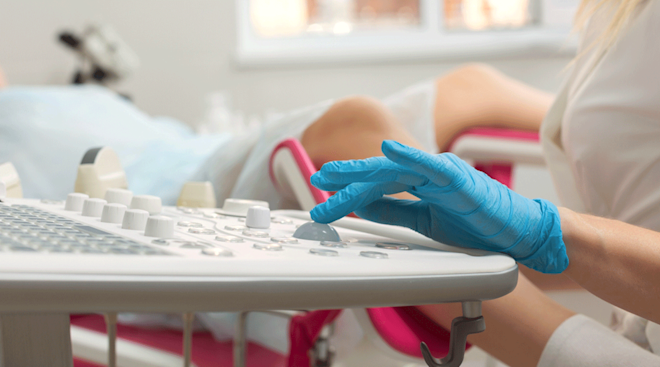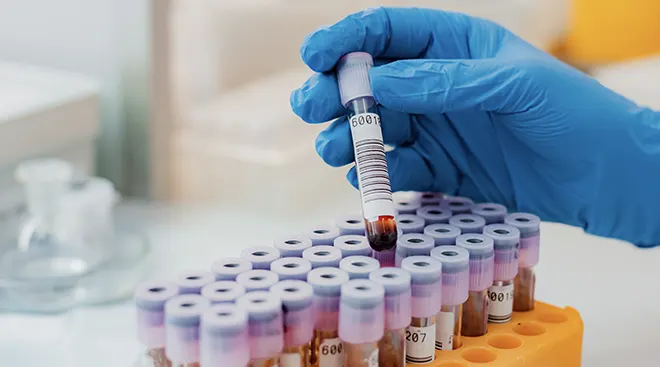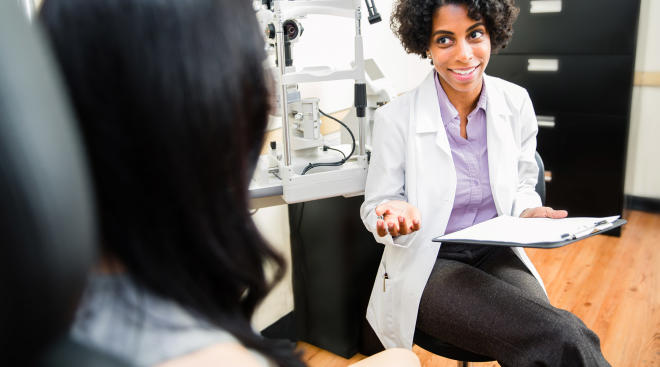Why You Might Need a Biophysical Profile in Pregnancy
You’ll see your provider a lot during pregnancy. They’ll keep tabs on you and baby to make sure everything is on track. At some point, your doctor may determine that you should have a test that’s known as a biophysical profile (or BPP).
Not everyone gets a biophysical profile during pregnancy, but if you are scheduled for one, rest assured that it’s safe, simple and non-invasive, and it helps your provider get a better grip on how things are progressing. Ready to learn more? Read on to get the full 411 on having a BPP in pregnancy.
A biophysical profile is a surveillance tool that’s used to see how baby is doing, says Jennifer Lew, MD, an ob-gyn at Northwestern Medicine Kishwaukee Hospital in Illinois. It measures four ultrasound parameters: fetal breathing, two types of fetal movement, amniotic fluid levels and fetal heart rate via nonstress test, she says.
Not everyone gets a biophysical profile but, if your doctor requests one, it means they want to keep a closer eye on your pregnancy, explains Meleen Chuang, MD, an ob-gyn and clinical associate professor at the Family Health Centers at NYU Langone. “It provides important information about baby’s overall health, and it helps your doctor monitor baby’s development and growth,” she adds.
What is a modified biophysical profile?
A modified biophysical profile is slightly different from a standard biophysical profile. During a modified biophysical profile, doctors are only measuring amniotic fluid index and recording a non-stress test, says Matthew Carroll, MD, assistant professor of obstetrics and gynecology at Baylor College of Medicine in Houston. This, he says, is “a quicker way to check fetal status that’s thought to be just as good as a full biophysical profile.”
A standard biophysical profile can take much longer than a modified version. “A modified biophysical profile can be just 20 minutes,” notes Christine Greves, MD, a board-certified ob-gyn at the Winnie Palmer Hospital for Women and Babies in Orlando.
Doctors typically order a biophysical profile in high-risk pregnancies, including when you have high blood pressure, preeclampsia, gestational diabetes “or any maternal-fetal condition that can cause baby to not grow well or cause fetal distress,” Chuang says. The profile may also be done if baby isn’t growing as expected to make sure your little one is okay, she says.
If baby’s movements have slowed down or stopped, if your pregnancy goes beyond 40 weeks or if there’s too much or too little fluid around baby, your doctor may also request a biophysical profile, Greves adds.
The test typically involves two parts: a non-stress test and an ultrasound. These are used to assess five things about baby:
- Heart rate in response to movement or contractions
- Baby’s breathing movements
- Baby’s body movements
- Baby’s muscular tone, like flexing and extending limbs
- The amount of amniotic fluid around baby
“By combining all these different factors, we can gain a comprehensive understanding of baby’s well-being, and make appropriate recommendations or interventions, if necessary,” Chuang says.
The test may be done at your doctor’s office or at a hospital, Lew says. The standard test can take some time (30 minutes for the ultrasound and 30 to 40 minutes for the non-stress test.) The nonstress test can go a bit long as your provider will want to wait until baby is out of the sleep cycle to begin measuring their activity—this occurs every 20 to 40 minutes, Lew adds.
Each component of the test is given a score of 0 (zero), 1, or 2, and the scores are added up to give a total score out of 10, Chuang explains. “The higher the score, the better the baby’s well-being,” she says. A score of 8 or more is normal or reassuring. Score of 5 may indicate evaluation and monitoring. A score of 4 may indicate potential fetal distress, and immediate action might be taken, such as delivery.
A score of 6 will usually prompt doctors to redo it in 24 hours to see where things stand, Carroll says. “If one of those features is the amniotic fluid level, we’re more concerned for risk for fetal demise and would monitor closely or deliver depending on gestational age,” Carroll says. “Scores lower than that mean multiple features that reassure us of fetal well-being were not present, and we’re concerned about fetal status.”
That said, it’s important to consult your doctor about what your results mean. “The interpretation of the biophysical profile score is done by a healthcare provider who can consider the overall context of the pregnancy and your individual circumstances,” Chuang says.
If your doctor requests a biophysical profile, don’t panic—it often means they’re simply trying to keep tabs on you and baby to make sure everything is progressing the way they hope. But, if you have questions, talk to your provider. They should be able to help answer them and guide you on next steps.
Please note: The Bump and the materials and information it contains are not intended to, and do not constitute, medical or other health advice or diagnosis and should not be used as such. You should always consult with a qualified physician or health professional about your specific circumstances.
Plus, more from The Bump:
Matthew Carroll, MD, is an assistant professor of obstetrics and gynecology at Baylor College of Medicine in Houston. He earned his medical degree from the Mount Sinai School of Medicine in New York City.
Meleen Chuang, MD, is an ob-gyn and clinical associate professor at the Family Health Centers at NYU Langone. She earned her medical degree from SUNY Stony Brook.
Christine Greves, MD, is a board-certified ob-gyn at the Winnie Palmer Hospital for Women and Babies in Orlando. She earned her medical degree from the University of South Florida.
Jennifer Lew, MD, is an ob-gyn at Northwestern Medicine Kishwaukee Hospital in Illinois. She earned her medical degree from the University of Illinois at Chicago College of Medicine.
StatPearls, Ultrasound Biophysical Profile, January 2023
Learn how we ensure the accuracy of our content through our editorial and medical review process.
Navigate forward to interact with the calendar and select a date. Press the question mark key to get the keyboard shortcuts for changing dates.
































